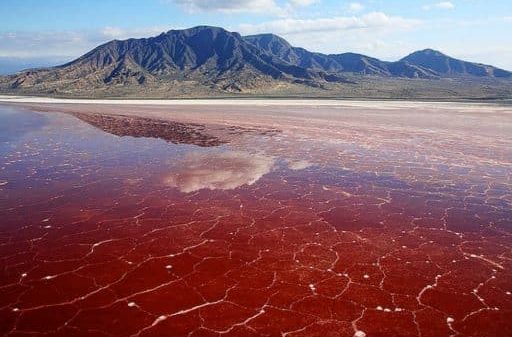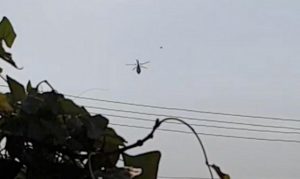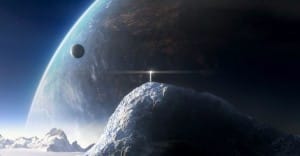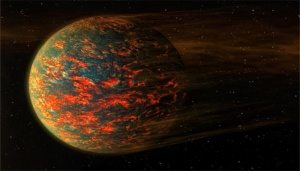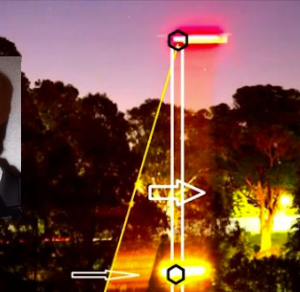
You’ve heard of Medusa turning onlookers into stone with just one look, right? The lake you’re about to hear of may sound like a page taken out of Greek Mythology or Biblical times, but I assure you this lake is strange but true. From animals stopped dead in their tracks to flamingo migration and the occasional human death, you might think twice before jumping into this Tanzanian lake.
Lake Natron
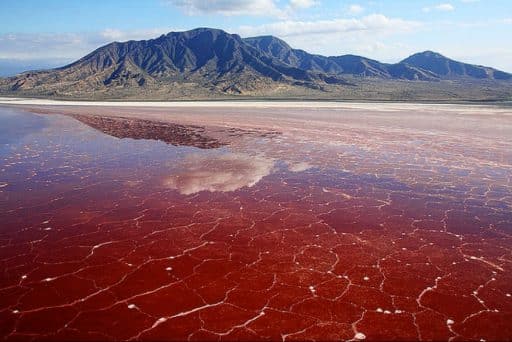
Source: Pandotrip.com
Lake Natron is a salt and soda lake located in Northern Tanzania. This lake sits directly on the Gregory Rift, which is an Asian branch of the East African Rift.
Lake Natron first gained attention when photographer Nick Brandt visited Tanzania and came upon the calcified remains of animals along the shoreline. Fishes, bats and any surrounding wildlife were like sculptures that had been stopped dead in their tracks. Brandt named the photo reserve he created “Across the Ravaged Land” due to the way the animals met their untimely death. Whether it was because the shiny appearance confuses them, causing them to crash into the pond, they inevitably met an unnatural fate.
Salt and Soda Lakes
The alkaline water in Lake Natron has a pH as high as 10.5 and is so caustic it can burn the skin and eyes of animals that aren’t adapted to it. The water’s alkalinity comes from the sodium carbonate and other minerals that flow into the lake from the surrounding hills. The deposits of sodium carbonate act as a type of preservative for the animals unlucky enough to die in the waters of Lake Natron.
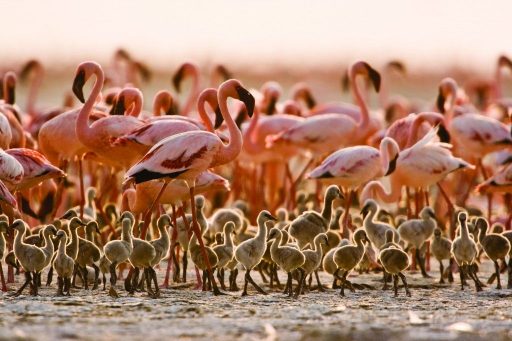
Can these lakes kill you with just one touch? Not necessarily. Lake Natron’s alkaline waters support a thriving ecosystem of salt marshes and freshwater wetlands. Flamingos and other wetland birds actually thrive off of Lake Natron’s salt waters. Tilapia and certain forms of algae have adapted to the alkalinity causing huge migrations of wetland birds that can “weather the salt storm”. However, humans are still urged not come into very close contact with these water. They still harbor many unknown dangers.
Are There More Salt Lakes?
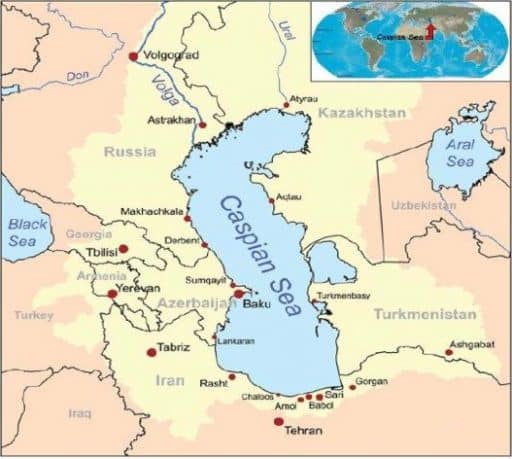
Source: Researchgate.com
The largest salt lake in the world is the Caspian Sea. This is fed by freshwater from the Volga River, but has no outlet and hence salts accumulate. Unlike Lake Natron, the Caspian Sea is diluted enough to support a fairly normal range of organisms. Waters of the Caspian Sea house 400 endemic aquatic animal species, including the Caspian seal and sturgeons. This sea coast provides important sites for many nesting and migratory birds such as flamingos, geese, ducks, gulls, terns, swans.
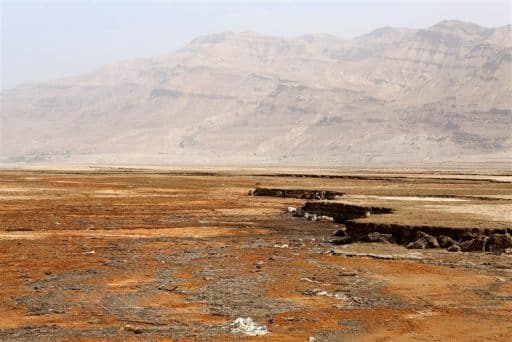
Source: nbcnews.com
Another well known Salt Sea is the Dead Sea in the Middle East. The Dead Sea is the most concentrated natural salt lake in the world and lies at the lowest point on the Earth’s land surface. About one-third of its volume consists of minerals in solution, making it nearly impossible to sink or dive in. The lake’s food chain consists mainly of just two groups which can handle these conditions: an alga and several species of halobacteria. Much of the water from the Jordan River, which is the main supply of freshwater to the the Dead Sea, has been diverted and this often raises the salt concentration beyond that in which even these organisms can grow.
What would happen if you took a dip in Lake Natron? Check out the video below.
People Are Opening Their 3rd Eye & Grounding With Hape
Use the discount code healthywildfree for 10% off your order!
Recommended Reading:
The Top 3 Ways To Open Your 3rd Eye
Tobacco Has Been Demonized By The Elites
The Strange Powder That Shamans Use To Connect With UFO & Aliens
Why Are UFOlogists Blowing Tobacco Herb Mixes Up Their Nose?
